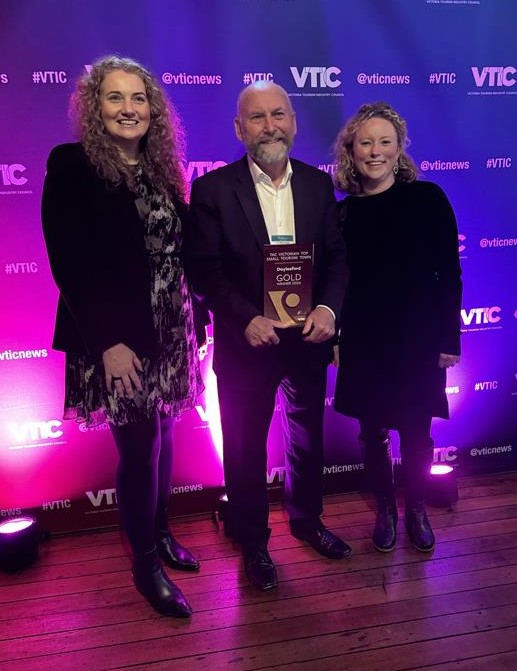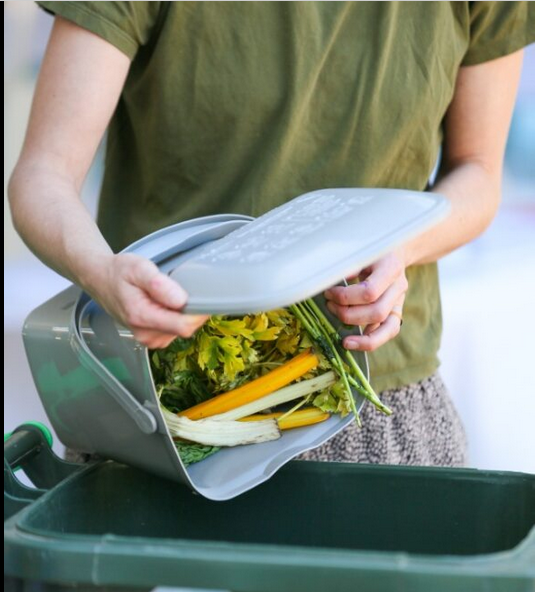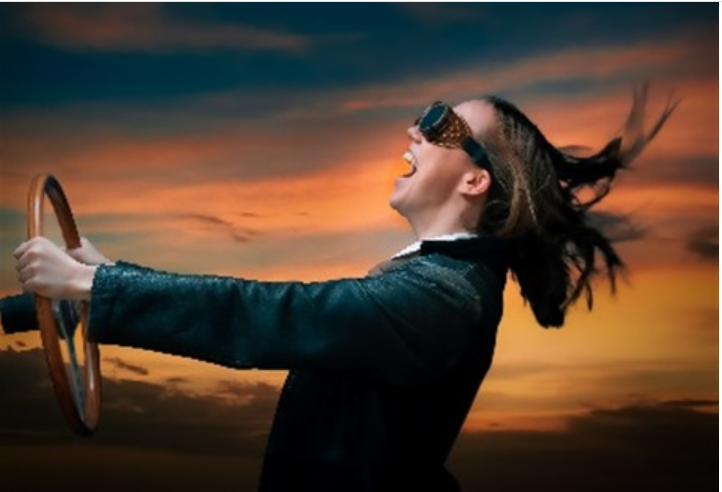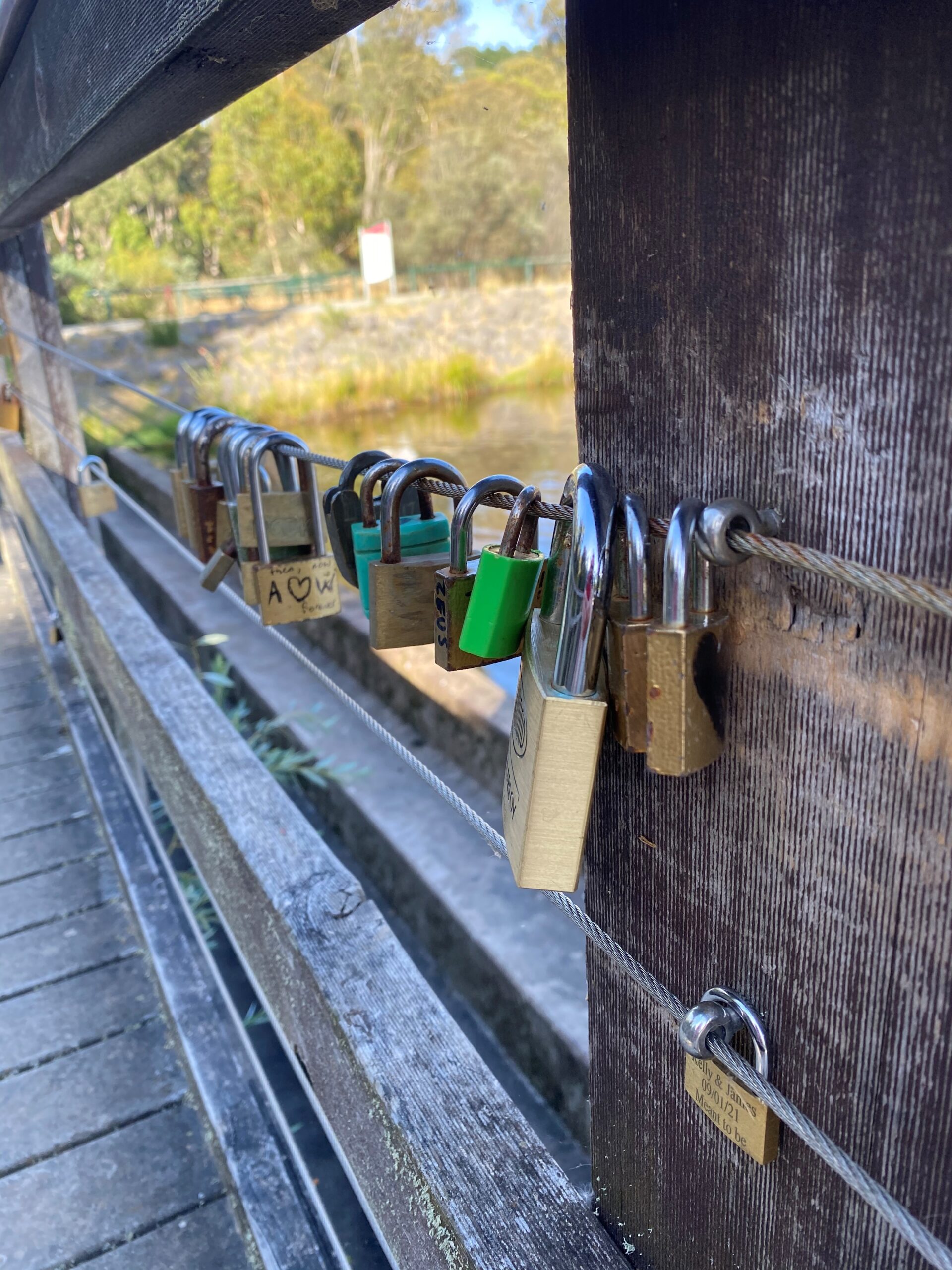March 30th, 2023Artists of the Central Highlands
with Eve Lamb
DIANNE Longley’s considerable artist oeuvre depicts dreams and fantasies,
weaving real and imagined figures and landscapes to create works that intrigue
and beguile the viewer. Working at her Agave Print Studio in Trentham, Dianne uses both
traditional and digital methods and here she chats about her prolific creative practice.
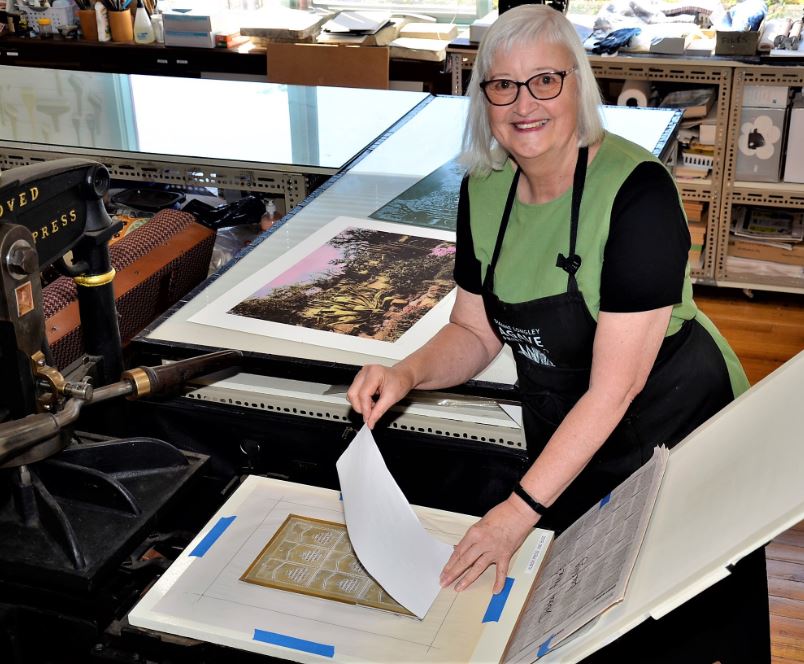
Eve: How do you prefer to describe your artistic style?
Dianne: I think I have an idiosyncratic approach. I explore diverse techniques for making art and representing my ideas visually.
Eve: How did you come to art?
Dianne: Well, I always made things. Like fairy floss from cotton wool, cochineal and sugar,
cork platforms for my shoes, when they came into fashion and my sisters had them, out of wine
bottle corks placed in my mother’s electric mincer to grind them up. The mincer smoked with the
strain and then blew up.
Eve: Which artists – current or historic – have influenced your own work?
Dianne: David Hockney line etchings, his theatre/opera set designs, Hieronymus Bosch
paintings, early printed books with letterpress text and woodblock prints, devotional books of hours,
Paula Rego etchings, Jessie Trail prints, Dorrit Black linocuts.
Eve: What is your media or medium of choice?
Dianne: I work across a range of media including printmaking, pokerwork on wooden panels, artist books, mixed media encaustic works and small-scale bronzes.
Eve: What is, or are, your subject matter of choice?
Dianne: Theatre of life, chance and random interactions, absurd juxtapositions, visual narratives of imbalance and implied misfortune. How we as humans make our way in a troublesome world.
Eve: Have you ever worked in any other area besides your arts practice?
Dianne: I am currently studying ikebana, Japanese flower arranging, which has a
long history relating to Buddhism, but samurai warriors would create ikebana flower
arrangements as a meditation to reflect on man’s fleeting mortality. I go to Melbourne
for classes.
Eve: What are you working on at the moment in your current arts practice?
Dianne: I am currently working on a second book on printmaking, Printmaking
with Photopolymer Plates: a multifaceted approach. This new book is a combination of
a technical manual on photopolymer printmaking combined with prints by a range
of Australian artists using a diverse range of techniques. As well, I am participating in
group exhibitions in Adelaide (mid 2023) and Melbourne (early 2024).
Eve: When you work in the studio do you like to play music and if so what’s your
music of choice?
Dianne: Gregorian chants, Leonard Cohen, Freddie Mercury, Johnny Cash, Patsy
Cline, Antony and the Johnsons, contemporary classical, and audio books.
Eve: To date, what have been your career highlights as an artist?
Dianne: Australia Council Tokyo studio for three months in 1990, Tracing the
Echo – Artist books and folios 1978-2001 exhibition which toured SA, Victoria and
NSW. Teaching at Haystack Mountain School of Crafts in Maine, USA in 2011,
where the studios are open 24/7 and there are no locked doors anywhere. Travelling
to Oaxaca in Mexico to see the ethno-botanic garden.
Eve: Do you have any other projects in mind at the moment?
Dianne: Yes, some small artist books for my participation in Sydney Contemporary Works on Paper in September. A few ideas for concertina books and small pamphlet stitched books containing artworks and text.
Eve: Finally, what are the main rewards that you derive from your arts practice?
Dianne: Each and every day is unique and propositional.







